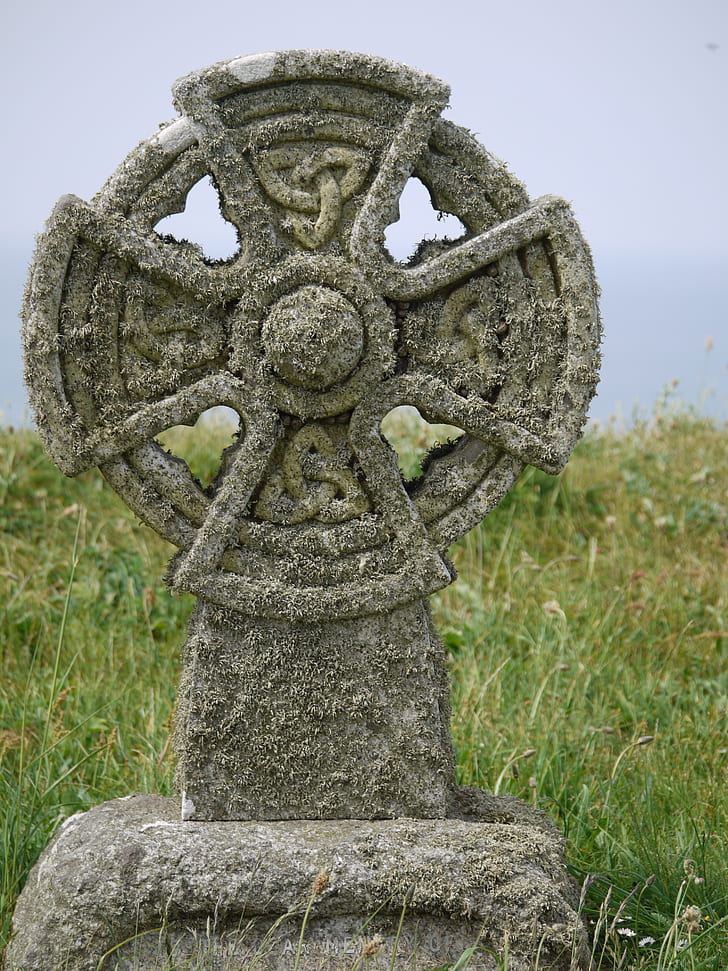
Monuments. We walk past them every day, often barely noticing their silent, stony gaze. They stand as immutable symbols, fixed points in our urban landscapes, supposedly reflecting shared values and immutable histories. But what if these silent sentinels are anything but stable? What if they are, in fact, battlegrounds – sites where history is contested, morality is debated, and the very fabric of national identity is perpetually rewoven?
America’s relationship with its public art has always been complicated, reflecting a nation in constant flux, grappling with its own foundational myths and brutal realities. From the earliest days of its formation to the present, the statues, memorials, and even names we choose to elevate have sparked intense controversy, revealing deep societal fissures. This isn’t just about dusty relics; it’s about who gets remembered, how they’re remembered, and whose stories get suppressed in the process. We’re not even talking about Confederate statues here – that’s a whole other, vital conversation. What we’re diving into are the other flashpoints, the forgotten battles, and the stark reminders that history isn’t just written, it’s also sculpted, vandalized, and sometimes, melted down.
Join us as we take an unflinching journey through some of the most hotly contested monuments and memorials in U.S. history. These aren’t just objects; they are tangible manifestations of our national conscience, mirrors reflecting our past mistakes, present struggles, and future aspirations. Prepare to question everything you thought you knew about these seemingly permanent fixtures, because as we’ll discover, the ground beneath them is often anything but solid.

1. **Statue of King George III (1776)**Imagine New York City, 1770. A brand-new equestrian statue of King George III is unveiled in Bowling Green Park, a gilded symbol of British imperial power. Commissioned in 1764, this Neoclassical marvel, crafted by British sculptor Joseph Wilton, depicted the monarch in full Roman regalia, astride a horse, clearly aiming to evoke the grandeur of Rome’s Marcus Aurelius. This wasn’t just a king; it was an emperor, a divine ruler, a statement cast in lead and covered in shimmering gold leaf.
Alongside it, another statue by Wilton, that of William Pitt, the British politician popular in the Americas for his role in repealing the hated Stamp Act, also stood in Roman clothes. These were not just decorations; they were assertions of loyalty, power, and cultural ties to the British Empire. They were meant to impress, to inspire reverence, and to solidify the crown’s authority in its burgeoning colonies. But history, as we know, has a cruel sense of irony.
Fast forward six short years to July 9, 1776. The Declaration of Independence has just been read aloud in New York City, igniting a revolutionary firestorm. The symbolism of the King George III statue, once a proud emblem of dominion, instantly morphed into an intolerable affront. A group of furious patriots, fueled by the revolutionary fervor, descended upon the statue. They didn’t just protest; they physically tore it down.
This wasn’t a mere act of vandalism; it was a potent, visceral declaration of independence, a physical severing of ties with the monarchy. The lead statue, melted down, was transformed into bullets – tools of rebellion, literally turning the oppressor’s image into the means of their defeat. When British troops eventually reclaimed New York in November of that year, their retaliation was swift and equally symbolic: they destroyed the statue of William Pitt. The message was clear: no symbols of American goodwill or loyalty would remain untouched in the escalating conflict.

2. **Haymarket Statues (1900)**The late 19th century in Chicago was a crucible of industrial strife, and few events burned as fiercely as the Haymarket affair. On May 3, 1886, police opened fire on a crowd of striking workers, killing six. The next day, a rally near Haymarket Square turned deadly when an unknown assailant threw a bomb into a group of police officers, killing eight. What followed was a deeply flawed legal process: eight labor leaders were arrested, tried, found guilty without clear evidence of who threw the bomb, and four were ultimately hanged. It was a searing indictment of social inequality and state power.
To commemorate the fallen officers, a monument by Johannes Gelert was dedicated on May 30, 1889. It depicted a “robust policeman, in his countenance frank, kind, and resolute,” standing with an upraised arm. The inscription declared, “In the name of the people of Illinois I command peace” – a powerful, yet contested, statement that many felt ignored the underlying injustices of the Haymarket affair. This wasn’t just a statue; it was a symbol of authority, a warning, and a deliberate narrative constructed by the state.
However, the monument’s supposed permanence was immediately challenged. It was “frequently vandalized and defaced,” becoming a lightning rod for those who saw it as a symbol of oppression rather than peace. In 1900, after “unmistakable traces” of an attempt to blow it up were discovered, it was moved to Union Park. The attacks didn’t stop. On the 41st anniversary of the affair in 1927, a “streetcar traveling at full speed jumped the tracks and rammed the statue.” The monument was moved again, further into the park. Attempts to blow it up continued in October 1969 and a year later, forcing Chicago Mayor Richard Daley to place it under 24-hour police guard. Eventually, it was relocated to the Central Police Headquarters in 1972, and then to the garden of the Police Training Center in 1976, removed from public sight.
But the story doesn’t end there. In 1893, a counter-monument, the Haymarket Martyrs’ Monument by Albert Weinert, was unveiled in the German Waldheim Cemetery, where the executed labor leaders were buried. This monument honored those deemed martyrs by the labor movement, offering an alternative historical narrative. Decades later, on September 14, 2004, another monument by Mary Brogger was unveiled, reflecting a more nuanced understanding. As Chicago city historian Tim Samuelson noted, “The unifying theme is it’s a tragedy – a human tragedy of people under difficult circumstances reacting to something beyond their control.” The contentious history of the Haymarket affair is etched not only in books but in the very stones and bronzes of Chicago, reflecting a century-long struggle for recognition and justice.

3. **Sacco and Vanzetti Sculpture (1928/1997)**The names Sacco and Vanzetti still echo with controversy, more than nine decades after their execution. In 1927, Nicola Sacco and Bartolomeo Vanzetti, Italian-American anarchists, were executed in Massachusetts for murder following a trial widely condemned for its perceived bias and lack of conclusive evidence. For many, their deaths symbolized a grave miscarriage of justice, fueled by anti-immigrant sentiment and political fear during the Red Scare. Their story became a potent symbol of judicial failure and a rallying cry for social justice movements worldwide.
In the wake of this profound public outcry, an unexpected figure stepped forward: Gutzon Borglum, the famed sculptor who would later carve Mount Rushmore. In 1928, Borglum created a powerful bas-relief sculpture of Sacco and Vanzetti and presented it to the city of Boston, intending it to be displayed in a public building. This was a direct artistic challenge to the official narrative, an attempt to immortalize the men not as criminals, but as victims of a flawed system. Yet, official Boston was not ready to embrace such a challenging perspective.
“The sculpture was never installed in the building it was intended for and, through the years, was rejected by one city or state official after another.” For decades, this testament to injustice languished in obscurity, a bronze phantom haunting the civic conscience of Boston. The original bronze piece was eventually lost to time, a casualty of institutional resistance. However, a plaster mold, a ghostly echo of Borglum’s original intent, was miraculously recovered.
It took 70 long years, until 1997, for the city of Boston to finally accept the sculpture. But even then, the acceptance was partial, reluctant. A new casting from the recovered mold has never been made. Instead, the plaster mold itself “sits in storage at the Boston Public Library.” It remains unseen by the public, a monument to a past injustice still waiting for its full public reckoning. What does it say about a city, or a nation, when a powerful artistic statement about justice is accepted, but then immediately hidden away, its message effectively silenced?
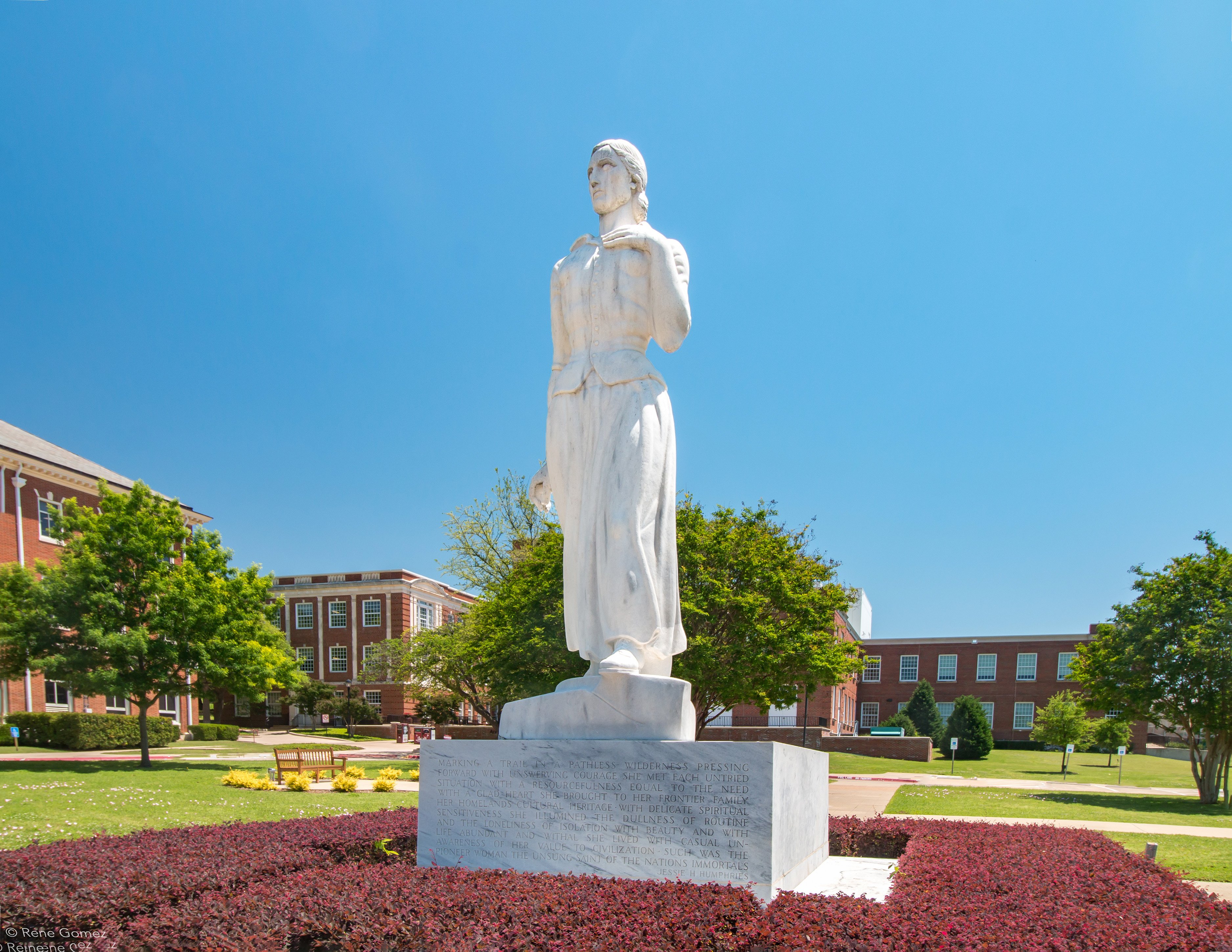
4. **Pioneer Woman’s Statue (1936)**The 1930s saw a renewed interest in celebrating American history and its pioneering spirit, especially in states like Texas. By October 1936, plans were well underway for a “Pioneer Woman statue” to be erected at Texas Woman’s University (TWU) in Denton. The Centennial Commission of Control, seeking to capture the essence of the resilient women who forged the state, invited “a group of leading American sculptors, about 80 in number, to submit photographs of their work.” From this pool, several were chosen to submit actual models, ensuring a rigorous selection process.
Among the entrants was Waldine Tauch, a prominent Texas sculptor who had already won three other commissions from the Commission. She submitted a model that depicted a mother and child – a traditional and widely accepted image of the pioneer woman, embodying nurturing and endurance. But the “jury of professionals” made a unanimous, and ultimately controversial, choice. They selected the model submitted by William Zorach, a sculptor from New York. His vision was dramatically different: not just a woman, or a woman and child, but “an entire family of mother, father, son, and daughter—all .”
This decision ignited a firestorm. Nudity in art was not inherently scandalous in the 1930s, but it was largely accepted for “Classical, allegorical, or symbolical portrayals.” For Texas pioneer women, however, it was deemed “unacceptable.” The image of frontier women enduring hardships without clothes was an affront to public sensibilities and the perceived virtue of those they wished to honor. Tauch, understandably frustrated, “wasted no time telephoning and writing letters to many friends throughout the state to report the incident,” mobilizing a powerful counter-campaign.
The ensuing “Anguished protests from Texans swelled into a controversy dwarfing all previous ones (in Zorach’s career).” Critics seized on every detail, from the lack of a wedding ring on the woman to the Daughters of the Republic of Texas declaring it “the greatest insult that could be offered to these women who believed and practiced the virtue of modesty.” Even fellow sculptor Gutzon Borglum, who was in Texas at the time, reportedly quipped that Zorach’s figures “looked like a bunch of apes,” a remark gleefully spread by the opposition. The public outcry was so overwhelming that the commission was ultimately given to Leo Friedlander, a sculptor who hadn’t even entered the original competition. His more conventional design, executed by the Piccirilli Brothers, eventually stood at TWU. This episode vividly illustrates the fierce gatekeeping of public morality and historical representation, where the “right” image often trumps artistic freedom.
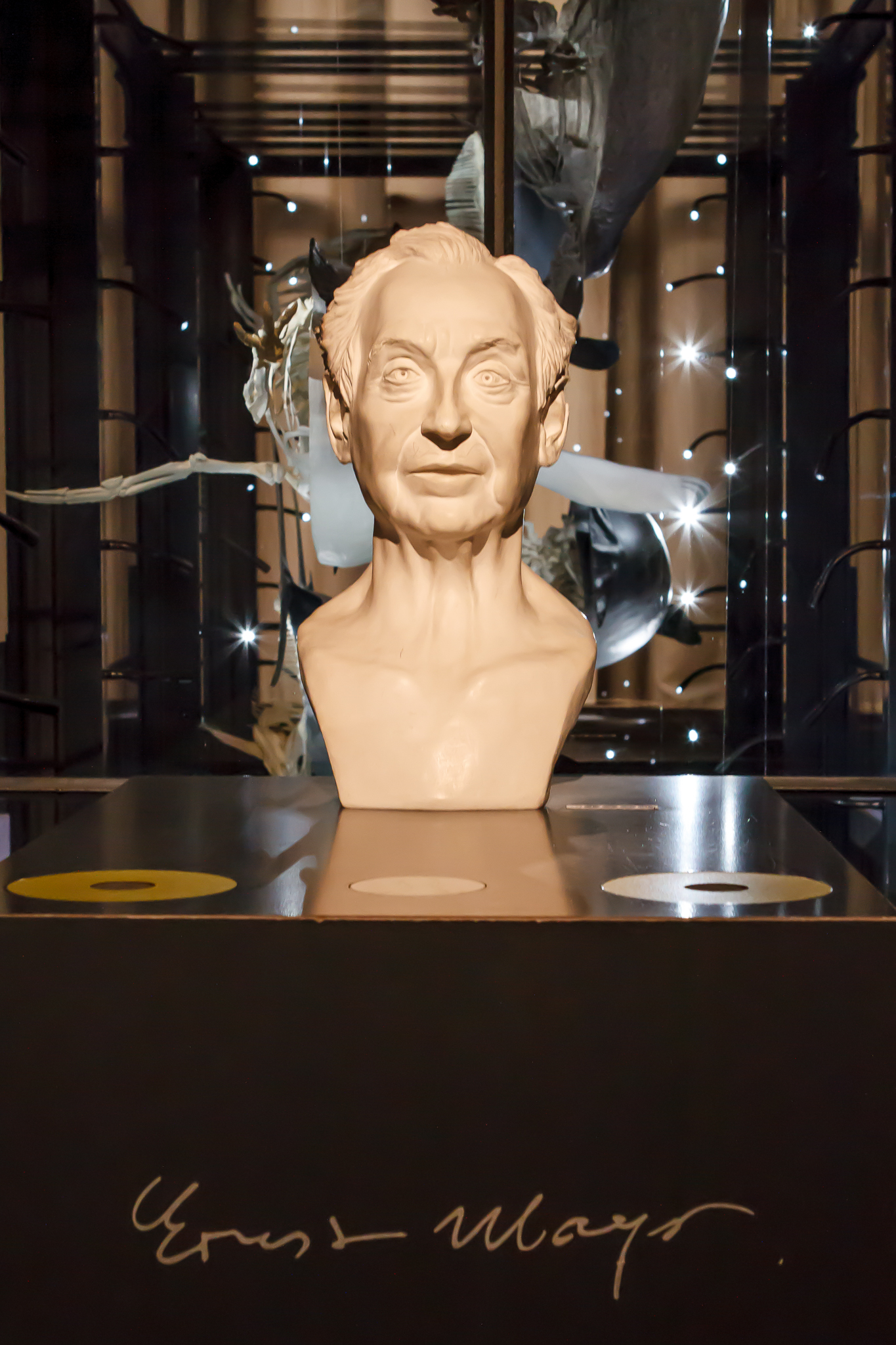
5. **The Races of Mankind (1969)**In 1933, at the height of scientific interest in human variation, the Field Museum of Natural History in Chicago unveiled a monumental series of sculptures titled “The Races of Mankind.” Created by sculptor Malvina Hoffman, this ambitious project comprised 104 life-sized sculptures, intended to represent the various races of humankind across the globe. Housed in the Chauncey Keep Memorial Hall, this exhibit was, at the time, considered a cutting-edge scientific and artistic endeavor, reflecting prevailing anthropological theories and a desire to document the diversity of humanity.
However, scientific understanding and social attitudes are not static. By the 1960s, the very concept of portraying human diversity through the lens of “races” had become deeply problematic. What was once seen as an objective scientific categorization began to be viewed critically, as inherently flawed and, crucially, as racist. The rigid classifications and stereotypical representations, common in the early 20th century, no longer aligned with evolving anthropological thought or a growing awareness of racial justice.
In February 1969, facing mounting criticism and a profound shift in academic and public perception, the Field Museum made a decisive move. “The Hall was dismantled and the statues were either spread around the museum or placed in storage.” The museum’s official statement left no room for ambiguity: the Hall was declared “scientifically indefensible and socially objectionable.” This wasn’t just about changing an exhibit; it was a public reckoning with the museum’s past complicity in outdated and harmful racial ideologies.
The museum even retroactively addressed the use of images from the exhibit. It had previously granted permission to the Hammond World Atlas Corporation to use pictures of the statues in its “Hammond’s March of Civilization; A Historical Atlas.” This permission was “withdrawn in the late 1960s or early 1970s because it contained ‘outdated historical, linguistic and racial data’.” This systematic removal and repudiation highlight how institutions, even those dedicated to scientific exploration, are not immune to re-evaluating their own historical narratives and confronting the legacy of potentially harmful representations. The “Races of Mankind” controversy serves as a stark reminder that what is considered objective truth in one era can become a symbol of ignorance and prejudice in another.
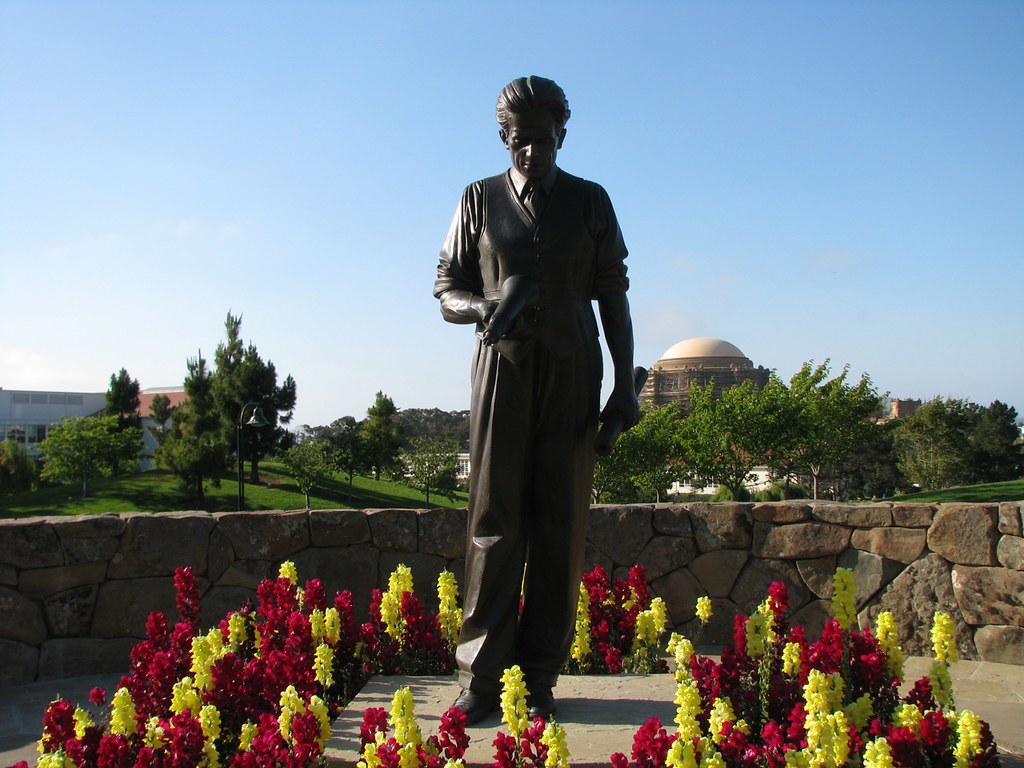
6. **Vietnam Veteran’s Memorial (1980)**The late 1970s was a period of national introspection for the United States, grappling with the raw wounds of the Vietnam War. A divisive conflict, it left deep scars on the American psyche, and there was a growing desire to honor the veterans and heal a fractured nation. A group formed to create a memorial, and a site for it was unanimously approved by the U.S. Senate on June 30, 1980. The task was clear: design a memorial that would include the names of all Americans killed or missing in the war, a physical manifestation of remembrance and respect.
An anonymous competition was launched, drawing an unprecedented 1,141 submissions – a testament to the nation’s profound need for reconciliation and recognition. The winner, a twenty-year-old female student of Chinese descent from Ohio named Maya Lin, proposed a design unlike any conventional war monument. Her vision was a V-shaped wall of polished black granite, sinking into the earth, reflecting the faces of visitors and listing the names of the fallen. It was minimalist, evocative, and profoundly moving.
However, the announcement of Lin’s victory immediately plunged the project into bitter controversy. Critics, including some veterans’ groups, lambasted the design. It was called “a black gash of shame,” criticized for being too abstract, too stark, too unlike the heroic, figurative statues typical of war memorials. The debate escalated, threatening to derail the entire project. Lin herself maintains, “entirely accurately, that there’s no way her design would have been chosen if candidates had been identified by name,” acknowledging the prejudice she faced as a young woman of color proposing such a radical design.
The impasse was eventually resolved through a compromise. In 1984, Frederick Hart’s bronze statue, “The Three Soldiers,” a more traditional figurative sculpture, was added near Lin’s memorial. This addition, while altering Lin’s original pure vision, allowed the groundbreaking wall to stand. Bill Moyers, in an interview with Lin, observed, “‘Course the bigotry and the hatred and the racism did not have the last word. The monument was the last word.” Indeed, despite the initial furor, Lin’s Vietnam Veterans Memorial transcended the controversy. Today, it stands as the most frequently visited memorial in Washington D.C., a powerful and deeply respected testament to remembrance, proving that innovative design, even when initially challenging, can ultimately capture the profound emotions of a nation.
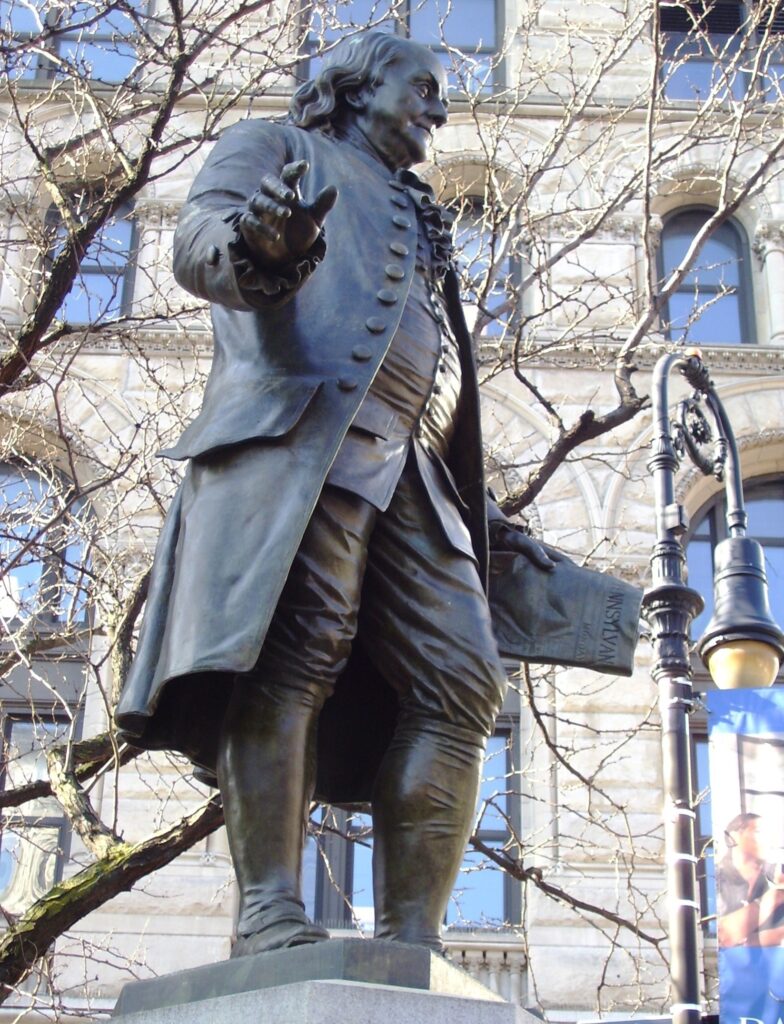
7. **Juan de Oñate (1997)**If history is written by the victors, then monuments are often their triumphal declarations, etched in stone or cast in bronze. But what happens when the defeated rise up to literally dismantle those declarations? Such is the incendiary story of Juan de Oñate, a figure whose legacy in New Mexico remains deeply contested, a stark reminder of colonial brutality clashing with indigenous memory.
Oñate, a Spanish conquistador, is remembered by many Native Americans for horrific acts, most notably ordering the brutal mutilation of Acoma Pueblo men, having their right feet severed in 1599. Fast forward to December 29, 1997, when a bronze statue of Oñate at the Northern Rio Grande National Heritage Center in Alcalde, New Mexico, suffered a starkly symbolic act of defiance: its right foot was precisely cut off. The artist later repaired it, but at a cost of $10,000 to taxpayers, and a visible seam remains, a permanent scar on the conqueror’s image.
This wasn’t just random vandalism; it was a potent act of historical redress. In a truly audacious turn, the unidentified individual who took the foot later revealed to filmmaker Chris Eyre that they had melted part of it down to create medallions for Pueblo leaders. It’s a narrative twist worthy of a thriller, transforming the instrument of oppression into symbols of indigenous resilience and cultural reclamation. Eyre is now working on a documentary exploring the incident and, crucially, “what it reveals about racism in New Mexico.”
The fight over Oñate isn’t over. Two decades later, in 2017, the statue was again targeted. This time, its left foot was painted red, and the words “Remember 1680” — a chilling nod to the Pueblo Revolt, a powerful indigenous uprising against Spanish colonial rule — were scrawled onto the monument’s wall. These acts aren’t just about defacing metal; they are about rewriting the narrative, challenging the veneration of colonizers, and reclaiming public space for the voices that have historically been silenced.
Read more about: Beyond the Hoop: Unveiling the Lives of Michael Jordan’s Family, The Personal Journeys Beyond the Limelight
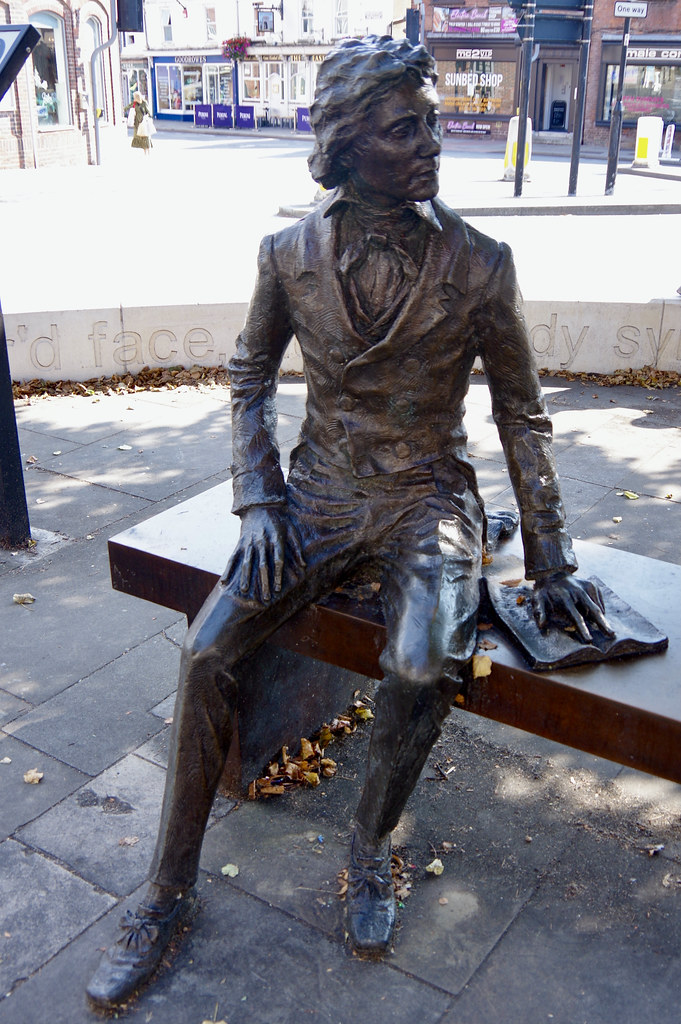
8. **Civic Virtue (2011)**Some monuments ignite controversy not for *who* they depict, but for *how* they depict the universal ideals they supposedly embody. Frederick MacMonnies’ “Civic Virtue Triumphant Over Unrighteousness” is a prime example, a sculpture so jarring in its allegorical representation that it sparked protests before it even saw the light of day. This immense statue features a , hulking man, representing virtue, standing dominantly atop several female figures, who are meant to symbolize vice.
From its intended installation in City Hall Park, Manhattan, in 1922, the artwork was a magnet for outrage. The depiction of virtue as a muscle-bound male trampling supine female vices was seen by many, especially women’s groups, as deeply misogynistic and insulting. It was a visual slap in the face to burgeoning feminist movements, suggesting that feminine nature was inherently tied to sin and weakness, requiring masculine dominance for societal order. The controversy forced its relocation in 1941 to Queens Boulevard in front of the Queens Borough Hall, a move often interpreted as an attempt to diminish its public prominence.
However, out of sight did not mean out of mind. Even in Queens, its problematic symbolism continued to grate, a persistent reminder of outdated and offensive gender politics in the public sphere. Finally, in 2012, after decades of lingering discomfort and renewed calls for its removal from public view, “Civic Virtue” was exiled to the serene, but decidedly less public, Green-Wood Cemetery in Brooklyn. This final move wasn’t just about aesthetics; it was a civic acknowledgment that some artistic visions, however grand, can become so culturally untenable that their removal is the only way to clear the air of their contentious message.
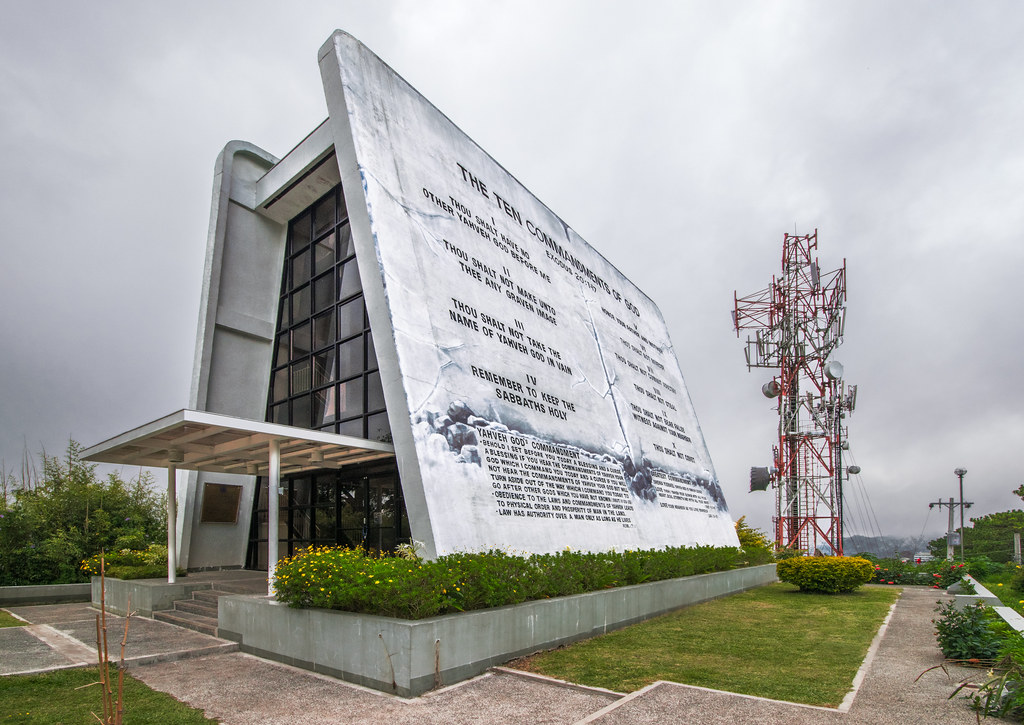
9. **Ten Commandments**In a nation founded on the separation of church and state, the placement of religious texts on public property is always going to be a high-wire act, fraught with legal and moral peril. Enter the Ten Commandments, a seemingly innocuous religious declaration that has become a “lightning rod of controversy” across the United States, perpetually challenging the Establishment Clause.
The Supreme Court, in *Van Orden v. Perry* (2005), weighed in, allowing certain displays to stand, but this didn’t settle the debate; it merely fanned the flames. In Oklahoma, State Representative Mike Ritze, with his family footing a $10,000 bill, pushed through a monument to the Ten Commandments at the capitol, installed in late 2012. Predictably, it became an instant battleground, destroyed and re-erected once, entangled in a labyrinth of state and federal litigation. These aren’t just stone tablets; they’re symbols of a profound ideological clash over America’s religious identity.
The saga continued with almost farcical speed in other states. In Arkansas, a monument “plagued with controversy” was erected on the State Capitol grounds in June 2017. Within 24 hours, it was knocked down by a car and utterly destroyed – an act of accidental (or perhaps divinely inspired, depending on your view) iconoclasm. In Bloomfield, New Mexico, a Ten Commandments monument, placed to “recognize important documents that influenced the governing of the city,” was ordered removed from City Hall by the courts, with the US Supreme Court refusing to hear the city’s appeal in 2017.
These aren’t isolated incidents. They represent a fundamental struggle over who defines public morality and whether a pluralistic society can truly accommodate sectarian religious symbols in spaces meant for all. Each destroyed, defaced, or removed monument to the Ten Commandments serves as a stark reminder that while faith may be personal, its public display is anything but simple, often inviting swift, dramatic, and sometimes even vehicular, intervention.
Read more about: Honda’s Roaring Legacy: An Enthusiastic Ride Through the Motorcycles That Defined a Legend
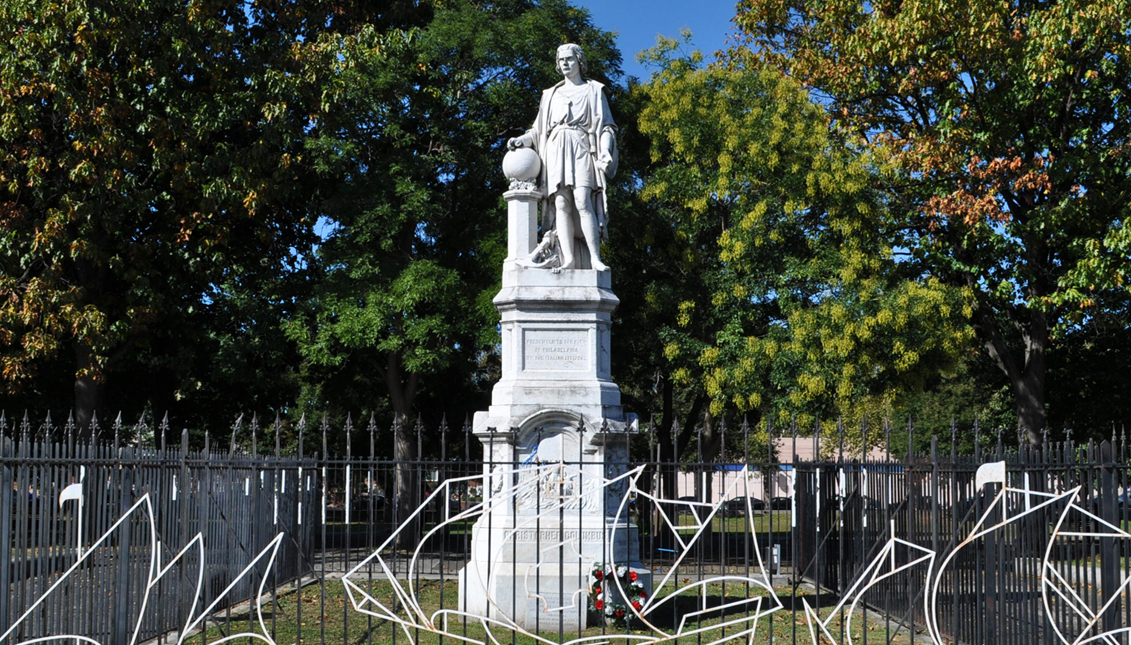
10. **Christopher Columbus (2017)**For centuries, Christopher Columbus stood as an uncomplicated hero in American iconography: the intrepid explorer, the discoverer of a “New World.” But as indigenous voices have gained strength and historical scholarship has peeled back layers of colonial myth-making, Columbus has transformed into one of the most polarizing figures in modern monument controversies, a potent symbol of “terrorism, murder, genocide, rape, slavery, ecological degradation and capitalist exploitation.”
The reckoning came fast and hard in 2017. In Baltimore, the nation’s oldest Columbus monument, dating back to 1792, was obliterated by a sledgehammer in August. The perpetrators didn’t hide; they posted a video online, holding signs that declared, “The future is racial and economic justice” and “Racism: Tear it down.” Their narrator laid bare the indictment: Columbus “symbolizes the initial invasion of European capitalism into the Western Hemisphere.” This wasn’t just about defacing a statue; it was a direct attack on a foundational myth of American expansion, an attempt to shatter the narrative of discovery and replace it with one of violent conquest.
The waves of protest hit New York City with equal force. In September 2017, the hands of the towering Columbus statue in Columbus Circle were splattered with red paint, a visceral representation of the bloodied history he represents to many. The pedestal was graffitied with #somethingscoming and “Hate will not be tolerated.” While police guarded the monument and city officials like Speaker Melissa Mark-Viverito suggested its removal due to “genocide of native peoples,” Mayor Bill de Blasio, following a commission’s recommendation, ultimately decided *not* to move it in January 2018. The decision underscored the deep divisions and the powerful institutional resistance to altering long-held symbols, even in the face of widespread moral outrage.
Further igniting the debate, another statue of Columbus in New York City’s Central Park was also defaced with red paint, and a statue in Yonkers was decapitated entirely. These acts of iconoclasm aren’t mere acts of rebellion; they are powerful, often anonymous, demands for historical truth, forcing a confrontation with the painful realities embedded in our public spaces. The once-unquestioned hero has become a lightning rod for a national overdue conversation about decolonization and historical accountability.
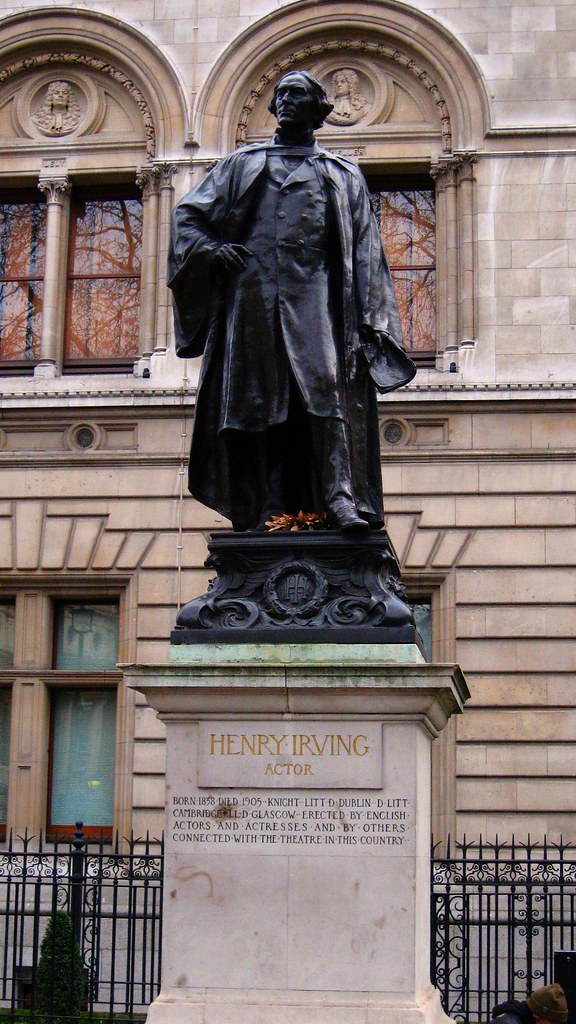
11. **J. Marion Sims (2017)**If there’s one figure whose monument embodies the chilling intersection of scientific advancement and racialized brutality, it’s J. Marion Sims. Hailed as “the father of modern gynecology,” Sims achieved his medical breakthroughs through horrific experiments on enslaved black women and children, performing procedures repeatedly on some, up to 30 times on one woman, all “without anesthesia,” driven by the “racist belief that black patients did not feel pain the same way as their white counterparts.” His statues, once proudly displayed, have become potent symbols of medical racism and the whitewashing of historical atrocities.
The tide turned decisively in August 2017 when Sims’ statue in New York’s Central Park, standing ironically opposite the New York Academy of Medicine, was defaced with the word “Racist.” This wasn’t just graffiti; it was accompanied by a powerful protest where women in bloodied hospital gowns staged a visceral demonstration, bringing to life the suffering of Sims’ victims. The controversy even spilled into the scientific community, with an editorial in the prestigious journal *Nature* opposing the statue’s removal as “whitewashing history,” a stance that predictably generated “outrage” and criticism, including one professor calling Sims “the American equivalent of Josef Mengele.”
The statue’s inscription, “Surgeon & philanthropist founder of the Women’s Hospital, State of New York his brilliant achievement carried the fame of American surgery throughout the world,” stands as a monumental lie to modern eyes, a testament to how historical narratives can be carefully curated to obscure uncomfortable truths. In January 2018, Mayor Bill de Blasio finally announced its relocation to Green-Wood Cemetery in Brooklyn, where Sims is buried. It was removed on April 17, 2018, yet as of July 2022, it remains un-re-erected in its new resting place, a stark statement on society’s unresolved struggle with his legacy.
But the story doesn’t end in New York. Statues of Sims also stand on the grounds of the South Carolina State House, where the mayor of Columbia has called for its removal, and on the capitol grounds in Montgomery, Alabama, where protestors threw ketchup on it during a skit. Even a painting, ‘Medical Giants of Alabama,’ depicting Sims overseeing a partially clothed black patient, was removed from the University of Alabama at Birmingham in 2005 due to public complaints. The ongoing battles over Sims’ monuments are a raw confrontation with the unethical foundations of some medical practices and a demand for a full, unvarnished accounting of history.
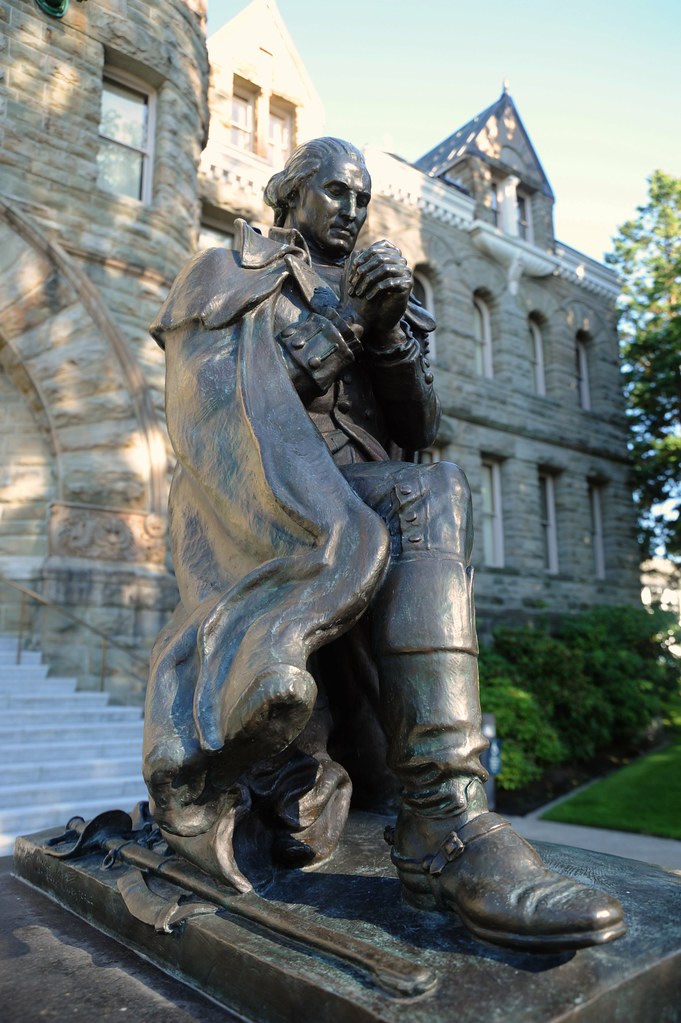
12. **Early Days (2018)**San Francisco’s “Early Days” statue, part of the broader Pioneer Monument, wasn’t just a piece of bronze; it was a visual manifesto, a carefully constructed narrative of California’s origins that, for decades, glorified conquest and erased indigenous suffering. Erected in 1894, it depicted “a Native American on his back, defeated, a Catholic priest above him pointing to the heavens, and an anglicized vaquero bestriding the scene in triumph.” It’s a tableau that screams colonial dominance, a stark visual representation of manifest destiny.
For Native Americans, this wasn’t art; it was an enduring insult. They found it not only ethnically offensive but factually inaccurate, noting that the depicted Native American was from the Plains, while the indigenous people of the Bay Area were the Ohlone. Objections to this statue weren’t new; they went back “decades,” but the calls for its removal grew increasingly insistent. A report from the San Francisco Arts Commission didn’t mince words, citing its “depiction of the degradation and genocide of Native American peoples, utilizing visual stereotypes common at the turn of the twentieth century to depict all Native Americans which are now universally viewed as disrespectful, misleading, and racist.”
In a feeble attempt to mitigate the outrage, a “contextualizing plaque” was added in 1994, but its language was itself contentious, criticized for “reeked of false objectivity,” failing to genuinely confront the monument’s racist undertones. Unsurprisingly, the statue was vandalized with red paint, a literal staining of its colonial narrative. The pressure mounted, the voices grew louder, and finally, in a symbolic act of collective liberation, “Early Days” was removed in the middle of the night of September 13–14, 2018.
Its removal was more than just taking down a statue; it was a public declaration that the city was no longer willing to publicly endorse a narrative built on the subjugation and misrepresentation of its indigenous peoples. It signaled a profound shift in public consciousness, a realization that some historical representations are so inherently damaging that they must be entirely excised from the public square to make room for a more truthful, equitable accounting of the past. The “Early Days” saga encapsulates the ongoing struggle to dismantle not just physical monuments, but the harmful historical myths they perpetuate.
***
Read more about: Beyond Bidding Wars: 13 Studio Strategies and Megamergers Driven by Industry Moguls That Curtailed Independent Joint Ventures in Hollywood
The ongoing sagas of these monuments, from the foot of Oñate to the silenced medical ethics of Sims, and the reimagined “Early Days,” are more than mere squabbles over stone and bronze. They are crucial battlegrounds in America’s endless, vital negotiation with its own identity, forcing us to confront uncomfortable truths and dismantle convenient fictions. We must continually ask what stories our public spaces truly want to tell our future generations, and whose voices will shape those narratives. The answer, as these intense controversies show, is unequivocally that our public canvases are living, dynamic, and constantly being redefined by an evolving national conscience. This isn’t just about preserving history; it’s about making peace with it, by unflinchingly confronting its past and making essential space for narratives long buried beneath triumphal pedestals.



